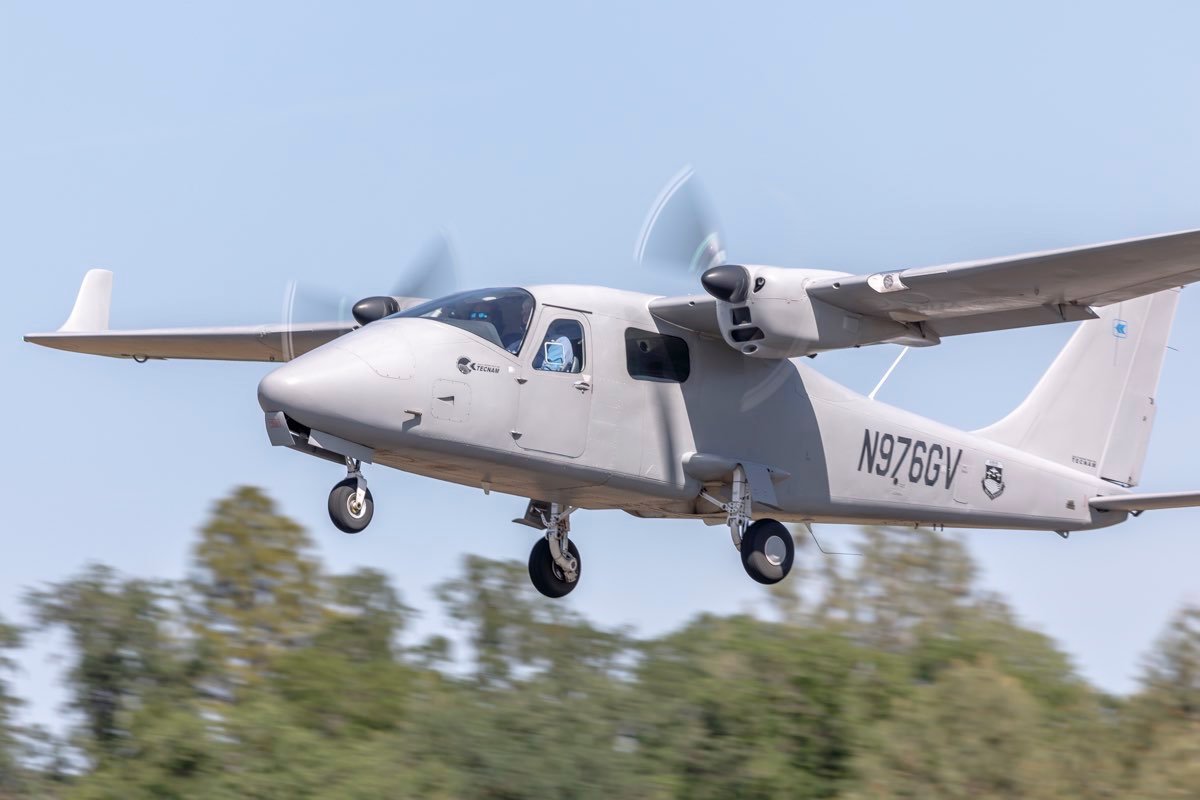
Primary Flight Training
-
Fly at your own pace, with a schedule that works for you. Most lessons are two hours long and consist of a pre-flight briefing, actual flying time, and a post-flight debrief. Broadly, earning a pilot’s license requires three main accomplishments: demonstrating knowledge/skill requirements, meeting federal minimum flight times, and passing your knowledge and practical tests. Description text goes here
-
Stage I: Pre-Solo
15-30 hoursThe first part of learning to fly is straight up learning how to operate an airplane. Students learn to takeoff and land, turn, and do basic maneuvers. This stage ends with the unforgettable experience of flying alone for the very first time.
Stage II: Flying Cross Country
10-20 hoursIn the second stage, pilots learn to navigate using maps and navigation instrumentation in what’s commonly called “cross country” flying. Although we don’t actually fly across the country, the skills pilots learn are sufficient that they could!
Stage III: Checkride Prep
5+ hoursBy this stage, most knowledge and flight time requirements are usually met. We now focus on refining all we’ve learned so far so we can ace the knowledge test and checkride!
-
Like anything worthwhile, flying is a time commitment. The great news is that we have helped hundreds of pilots—from high-achieving high schoolers to time-choked CEOs—figure out how to make time for it.
FAA Minimum Requirements
40 hours of total time (35 hours if enrolled in the Mach 5 FAA-certified part 141 training course)
20 hours of instruction (“dual”), which includes:
3 hours at night
3 hours of basic instrument work
10 hours solo
5 hours solo cross country
10 hours of additional training (dual or solo)More Typical Experience
75 hours of flight time
The national average is roughly 75 hours of flight time, but our average at Mach 5 is about 50 hours. There’s a lot to learn as a pilot, and 40 hours isn’t that much time, so plan to go a little over! Safety is our #1 focus, so we won’t send a student to their checkride if we don’t think they’re ready. And that’s good for everyone! -
Start to finish, these are the major steps:
Take an introductory flight and meet some instructors!
Get a student pilot certificate and medical certificate
Progress through Stages I, II, and III at your own pace
Take a 60-question FAA written exam at our in-house proctoring center
Get ready for your checkride
Take your checkride: This is a two-parter. The first is a 2-3 hour oral exam, where you demonstrate a practical knowledge of the required subject areas. The second is a 2-3 hour flight where you demonstrate your ability to apply that knowledge in the airplane
Go for your first flight as a Private Pilot!!
-
Training costs include airplane rental, instructor fees, examiner fees, and books and materials. We highly recommend planning conservatively so that you don’t pile on extra stress if you’re slightly over-budget. We take our student’s budgets very seriously, but no flight school worth attending will prioritize budget over safety and competence. Call us for an estimate.
Aircraft Rental & Instruction
Call us for an estimate or view our rate sheet for hourly costs per aircraft.
Aircraft Rental (50 hours): $7,500 - $9,750
Instruction (50 hours): $4,750Exam Fees
~$1,150
Medical Exam: $175
Written exam: $175
Checkride fee: $800Books, Material & Miscellaneous
~$105
Plotter: $15
Sectional: $15
E-6B: $20
FAR/AIM: $25
Pilot's Handbook of Aeronautical Knowledge: $30
Optional Materials:Foreflight Subscription: $120/yr
iPad: $350-$1000 -
The learning doesn’t stop after your checkride. Part of being a safe, confident pilot is consistently building on your knowledge and skillset. We’re proud to offer a variety of training programs to help you do just that!Item description
EXPLORE ADVANCED TRAINING COURSES
